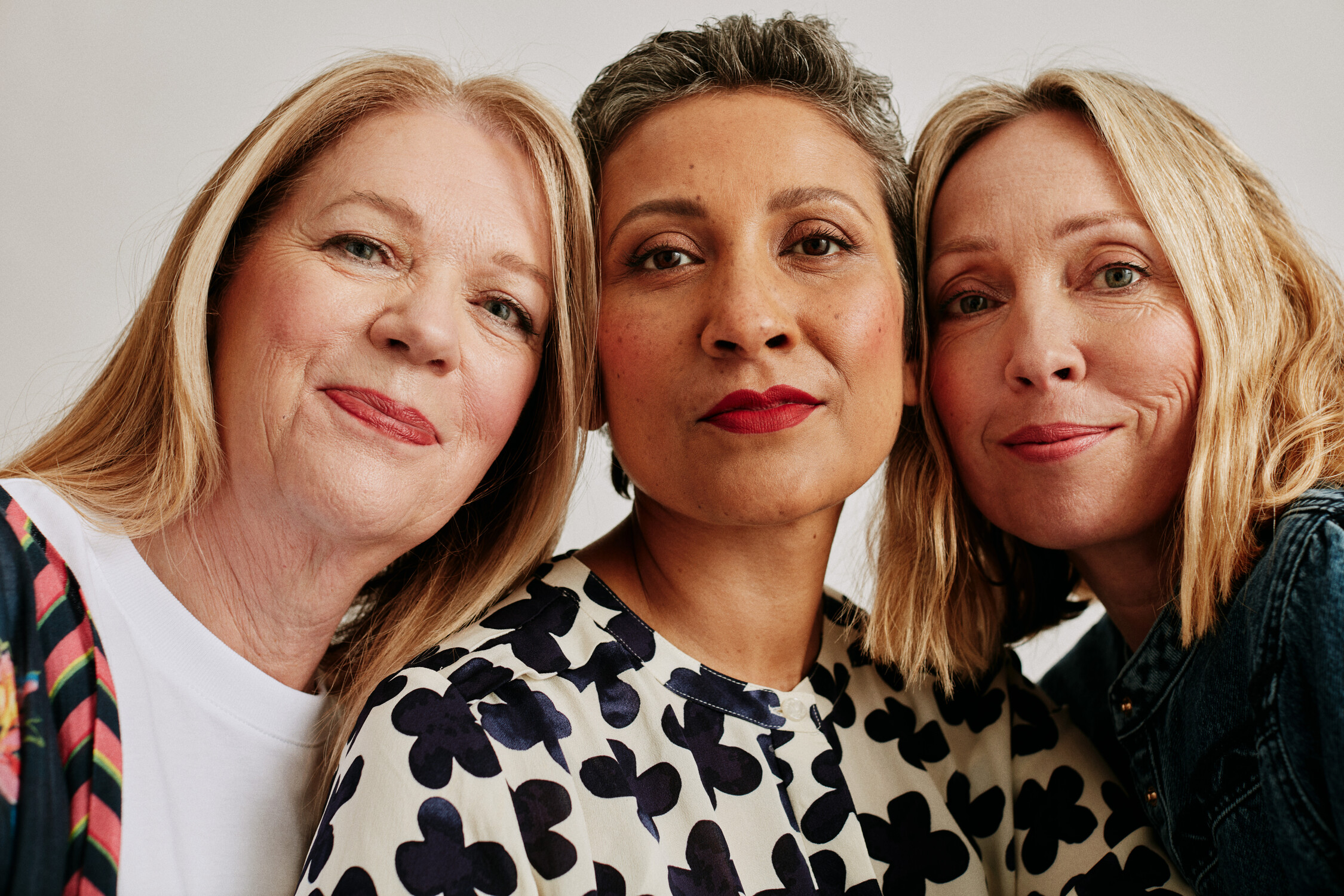Retirement Transitions. I take an evidence-based approach to the information I share on retirement. Reading academic papers is now a part of my regular information gathering process.
Recently I have read a paper by Viera Bačová & Peter Halama which looked at the four different conceptualisations of retirement and how they relate to retirement adjustment. My research focused on the adjustment to retirement as Retirement Transitions can be messy, take a long time and people are in flux. I was interested in how people made the adjustment to this new stage of life.
Some interesting background are the styles of retirement transitions identified around 40 years ago.
Walker et al. (1981) explored a retirement style typology based on retirees’ work-related post-retirement activities. They identified four retirement styles:
1. Reorganisers, who adopt new activities in place of the work they used to do; they remain active but have a new, reorganized life pattern.
2. Holding On, workers who do not accept the need to retire even after reaching retirement age; they are highly active and want to continue working indefinitely.
3. Rocking Chair, those generally satisfied with the decline in activity and who intentionally decide to adopt a slower pace of life without giving up.
4. Dissatisfied people who engage in low levels of activity and feel that it is difficult for them to keep as active as necessary.
This was based on a sample of 1511 people in retirement transitions, however they were almost all male and were from a higher occupational status, education and income level that the typical American retiree.
QUESTION: Can you relate to any of these categories, I can see how people can move from holding on into reorganisers and late in life move into one of the other two categories. Of course some may go straight to seeing themself in the ‘rocking chair’ group. What are your thoughts on this?
Hornstein and Wapner (1985) undertook in-depth interviews with 24 men and women, taken before and after the transition to retirement. They found 4 ways of conceptualizing and experiencing retirement:
1. TRANSITION TO OLD AGE: retirement is understood as a transition to the last phase of life. This is not the time to start new projects but to reduce activities and to settle into a life of rest, reflect, and put one’s life in order.
- this seems like the rocking chair category to me
2. Opportunity to make a NEW START: retirement is welcomed as the start of a new phase in life. It is a time when retirees can live according to their own needs, desires, and goals, exempted from duties and others’ demands. It is time “for oneself” in the deepest sense of the word.
- This looks like the reorganisers
3. CONTINUATION of pre-retirement lifestyle: retirement is not a critical transition in the psychological sense; life continues along with its established patterns. However, the most rated activities are done in a more satisfactory and less demanding manner.
- the holding on group
4. Unwelcome IMPOSED DISRUPTION: retirement means the end of a highly valued activity for which there is no compensation: the loss of the world of work. Retirement has no inner meaning; it is a frustrating period.
- The dissatisfied group
Bačová & Halama wanted to see if these categories were still relevant today. Their research was with 173 people, both men and women with an average retirement period of 3.2 years and they used a number of different measures including the satisfaction with retirement scale.
They recognise that we are moving from a stable career pattern and then retirement to differing lives leading up to retirement, and this will be more dramatic as years go by. We now have a longer life expectancy; many (but not all) remain in good health into retirement and we will be in ‘retirement’ for a longer period of time.
They used the 4 categories above and found the categories were not as distinct as in the Hornstein and Wapner research. The new start and continuation styles correlate, as people have more options and move into different types of retirement. There was also a correlation with the other two categories – transition to old age and disruption.
Their research identified 3 types of retirees’ profiles:
1. “New beginning and continuation,” (N=90)
2. “Imposed disruption without hope,” (N = 44)
3. “Accepted disruption and ending.” (N = 39)
Looking at these 3 categories from the older research, the first is the holding on and reorganiser groups; the second is the imposed disruption and the 3rd is the rocking chair group.
This research found support for the assumption that a participant’s conceptualization of retirement has a significant effect on well-being in retirement. Greater well-being was found in participants fitting the “New beginning and continuation” profile, with the lowest for people fitting the “Imposed disruption without hope” profile.
Of course, there will also be outliers who do not fit into any category, but I see these categories as useful to discuss with people in retirement coaching sessions and to reflect on personally by those approaching or in a form of retirement. It may be that a life event will influence people to move from one category to another.
Whether as employers, HR specialists, retirement coaches or individuals, we can’t assume that everyone will take the same approach and so any advice needs to focus on the individual. However, an understanding of the different profiles and styles can help people to expand their view of retirement.
And this is where my forthcoming book will be helpful for everyone with an interest in retirement – Rethinking Retirement for Positive Ageing: Creating a Meaningful Life After Full-Time Work – will be published by Routledge in late 2023
Dr Denise Taylor is a Chartered Psychologist and Vision Quest Guide, specialising in retirement transitions and elderhood. Regularly featured in the media, she is the author of 8 books including Find Work at 50+ and Now You’ve Been Shortlisted.
My next book – Rethink Retirement will be published later this year
- Award winning retirement coach with Amazing People
- Working with people at 50+ – The 50 Plus Coach
- Finding meaning and nature based retreats – see Denise Taylor website
References
Hornstein, G. A., & Wapner, S. (1985). Modes of experiencing and adapting to retirement. The International Journal of Aging and Human Development, 21(4), 291–315.
Viera Bačová & Peter Halama (2020) Retirement lifestyle conceptualization and well-being in recent retirees, Educational Gerontology, 46:11, 688-695, DOI: 10.1080/03601277.2020.1807090
Walker, J. W., Kimmel, D. C., & Price, K. F. (1981). Retirement style and retirement satisfaction: Retirees aren’t all alike. International Journal of Aging & Human Development, 12(4), 267–281.





